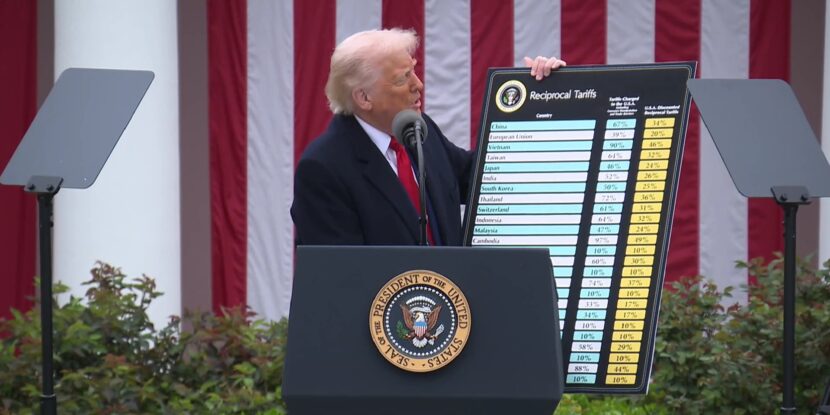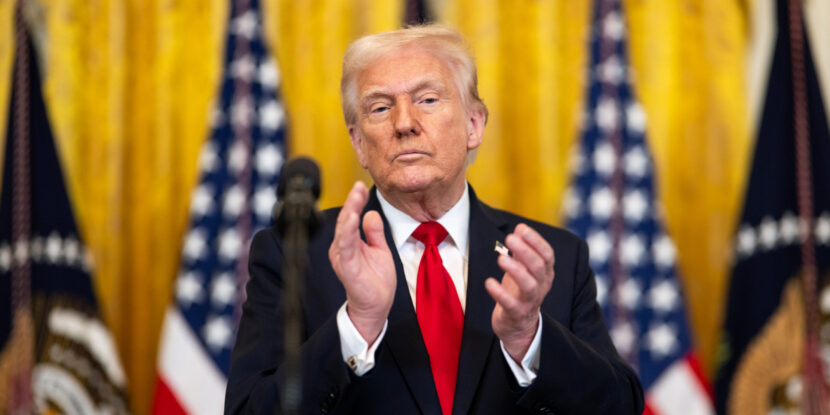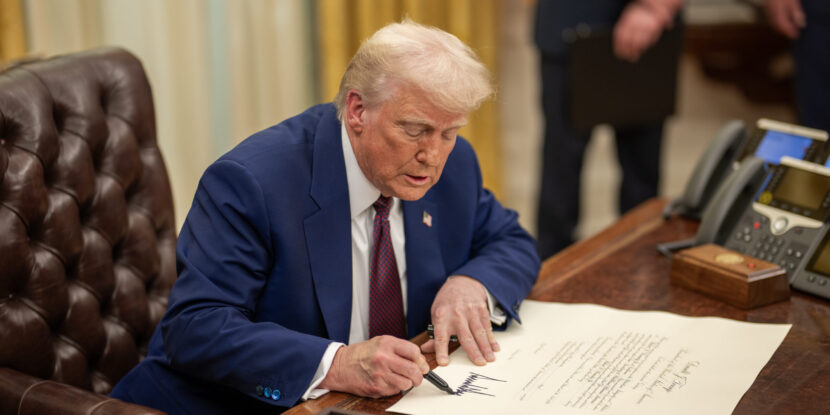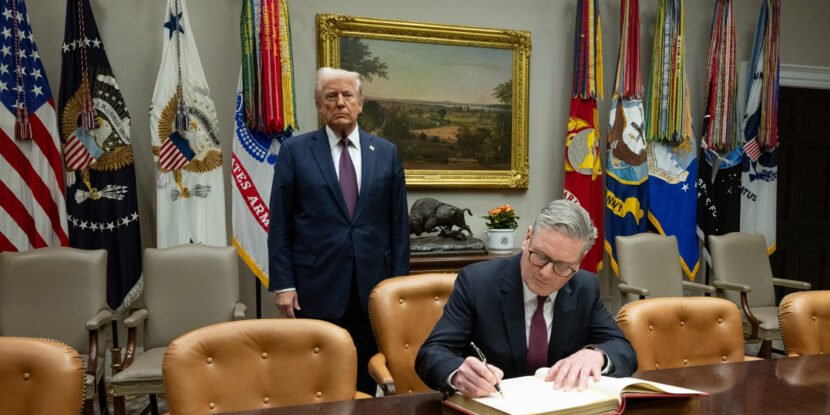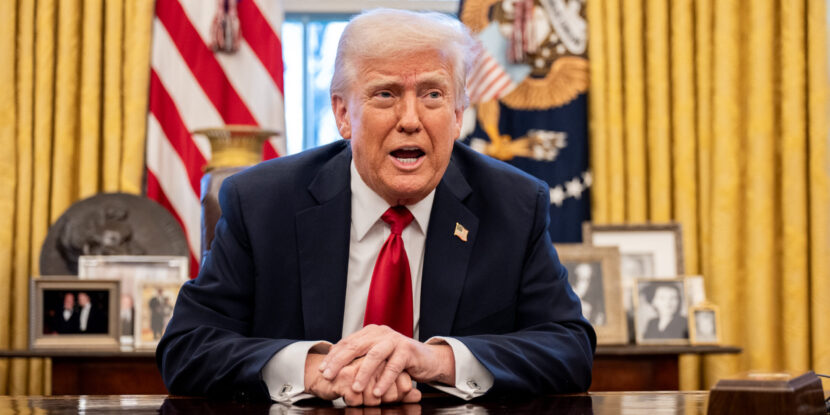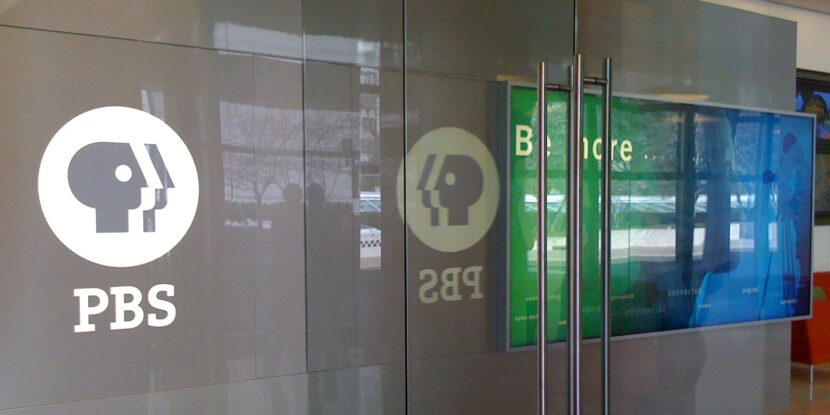PULSE POINTS:
❓What Happened: A court filing revealed that a Trump administration official from the Department of Government Efficiency (DOGE) is overseeing the U.S. Institute of Peace (USIP).
👥 Who’s Involved: Nate Cavanaugh, an official of the Department of Government Efficiency, alongside board members from the U.S. Institute of Peace.
📍 Where & When: The developments were filed in federal court, with a status hearing conducted on Tuesday.
💬 Key Quote: “The deal is no longer merely ‘proposed’ but done, rendering plaintiffs’ requested relief moot as to that property,” said Judge Beryl Howell.
⚠️ Impact: The property of the U.S. Institute of Peace is in the process of being transferred to the General Services Administration, a move which could conclude despite judicial intervention efforts.
IN FULL:
Department of Government Efficiency (DOGE) official Nate Cavanaugh has been appointed to replace the U.S. Institute of Peace’s temporary president, according to a recent court filing. The appointment, authorized by two of the institute’s board members, was revealed during a status hearing before U.S. District Court Judge Beryl Howell on Tuesday.
Established by Congress in 1984, the U.S. Institute of Peace has operated as a quasi-non-governmental organization (NGO) for decades—despite it ostensibly falling under the authority of the federal government’s executive branch. In February, President Donald J. Trump issued an executive order mandating the institute downsize its activities to a “statutory minimum.” However, the organization’s far-left leadership dismissed the order, arguing that the institute is a congressionally chartered NGO and not technically part of the executive branch.
The rejection of Trump’s executive order resulted in the institute’s leadership and staff being removed by police last month, with the Trump White House appointing an acting president to oversee its operations. In response to President Trump’s actions, the former leadership of the U.S. Institute of Peace filed a lawsuit in federal court claiming the Trump administration had engaged in an illegal attempt to seize control of the institute. The filing asked Judge Howell to halt the reorganization in order to stop what they allege is a “takeover by force.”
Despite the litigation, Cavanaugh has begun transferring the institute’s property to the General Services Administration (GSA), the government agency that oversees federal contracts and assets. Notably, the GSA has already terminated several federal leases at the urging of DOGE.
Tuesday’s status hearing regarding the request to halt the institute’s reorganization lasted for several hours. Judge Howell eventually ruled that the former leadership’s claims to the institute’s property were moot. “The deal is no longer merely ‘proposed’ but done, rendering plaintiffs’ requested relief moot as to that property,” the judge determined.
show less
